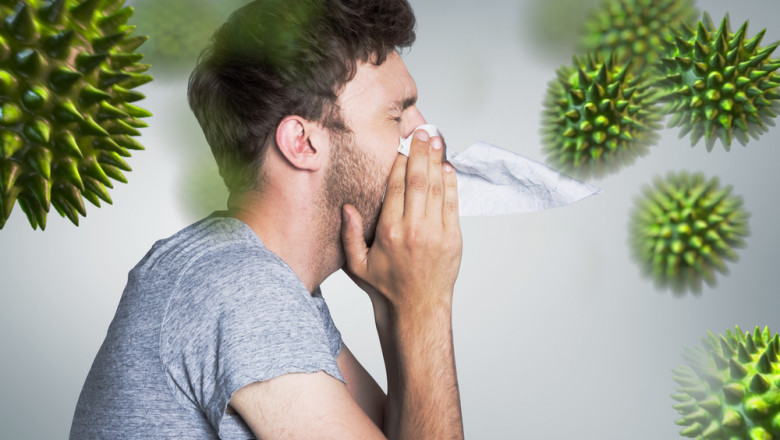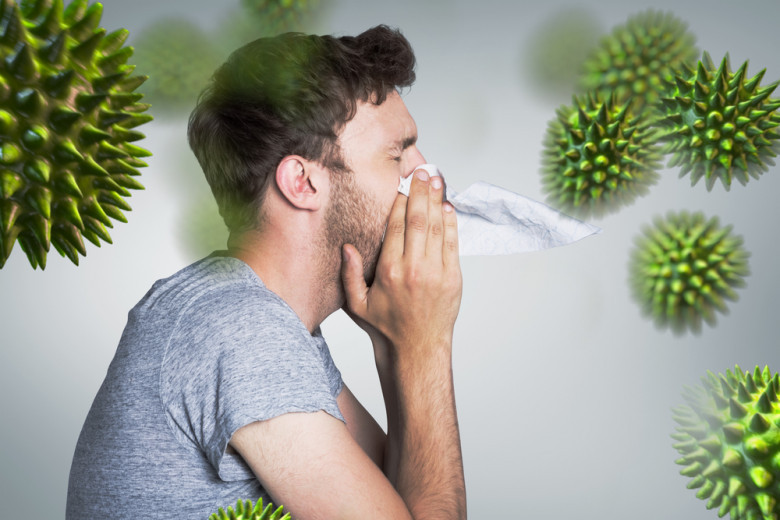views
Introduction
Winter brings a crisp charm, but for those managing Chronic Obstructive Pulmonary Disease (COPD), it can pose significant challenges. Cold weather, with its plunging temperatures, brisk winds, and dry air, increases the risk of airway irritation and flare-ups. Proactively protecting your lungs, staying warm, and maintaining indoor air quality are essential steps to navigate the season safely.
This blog explores the impact of cold weather on COPD, shares actionable tips like layering clothing and using humidifiers to the importance of having an emergency plan, Managing COPD in winter requires thoughtful care. Continued research in COPD treatments offers hope for improved quality of life, making the journey more manageable.
Why Cold Weather Challenges COPD Patients
COPD impairs lung function, making breathing a daily challenge. Cold weather further complicates this by narrowing airways, triggering flare-ups, and worsening symptoms such as coughing, wheezing, and shortness of breath. The dry, cold air and increased risk of respiratory infections add to the strain on those managing COPD. Proactive measures are essential to protect lung health during winter. Strategies like shielding your face from cold air, maintaining warm and humid indoor environments, and adhering to your prescribed treatment plan can make a significant difference. With the right precautions, you can manage COPD effectively, even in the toughest winter conditions.
Key Facts About COPD and Cold Weather
- COPD affects over 200 million people worldwide (WHO).
- Winter hospitalizations for COPD increase by 2-4 times compared to other seasons.
- Cold air reduces mucosal effectiveness, making respiratory infections more likely.
- COPD-related healthcare costs exceed $50 billion annually in the U.S. alone.
- Studies show a 25% reduction in hospitalizations is possible with optimized care plans.
Cold Weather and COPD: Understanding the Connection
Cold air can irritate sensitive airways, causing them to constrict, a phenomenon known as bronchospasm. Coupled with increased indoor allergens, viruses, and dry air, winter becomes a testing season for COPD patients.
- Cold Weather and Lung Health: Lower temperatures reduce lung efficiency, making oxygen intake harder. Additionally, cold air reduces mucosal effectiveness, leading to more respiratory infections.
- Going Outside in Cold Weather: Activities like walking or errands may feel daunting, but preparation is key to staying active while protecting your lungs. Dress warmly, cover your face with a scarf or mask, and avoid outdoor exposure during extreme weather.
Actionable Tips for Managing COPD in Cold Weather
Let’s dive into practical strategies to safeguard your health during the chillier months.
1. Preparing for the Outdoors: Winterproof Your Lungs
- Bundle Up: Cover your mouth and nose with a scarf or a cold-weather mask to warm the air before it reaches your lungs, protecting them from the harsh cold.
- Check Air Quality: Pay attention to pollution and pollen levels before heading outdoors. Poor air quality can worsen breathing difficulties, so it’s best to limit outdoor activity on such days.
- Warm Up Before Exertion: Sudden physical exertion in cold air can trigger airway spasms. Take time to ease into your activity with a proper warm-up to reduce the risk and keep your lungs comfortable.
2. Staying Warm and Active Indoors
- Maintain Comfortable Humidity: Use a humidifier to maintain optimal indoor air moisture and prevent your airways from drying out. Aim for a humidity level between 30% and 50% for the best results.
- Practice Breathing Exercises: Incorporate techniques like pursed lip breathing to help manage breathlessness and improve lung efficiency.
- Stay Physically Active: Engage in gentle indoor activities such as yoga, stretching, or light aerobics to maintain lung function and overall health without the risk of exposure to cold air. Regular movement supports respiratory strength and circulation, even during colder months.
3. Dress Smart for Winter Outings
- Opt for Thermal Layers: Choose thermal base layers made from moisture-wicking materials, such as merino wool or synthetic fabrics, to keep your skin dry while providing excellent insulation. These layers help regulate your body temperature by trapping heat without causing overheating or discomfort.
- Wear Insulated and Weatherproof Outerwear: Invest in a high-quality, insulated jacket or coat with weatherproof properties to shield yourself from wind, snow, and rain. Look for features like adjustable cuffs, hoods, and water-resistant zippers for added protection.
- Choose Slip-Resistant Boots: Protect your feet with sturdy, insulated boots featuring slip-resistant soles to ensure stability and safety on icy or wet surfaces. Proper footwear reduces the risk of falls and keeps your feet warm and dry.























Comments
0 comment